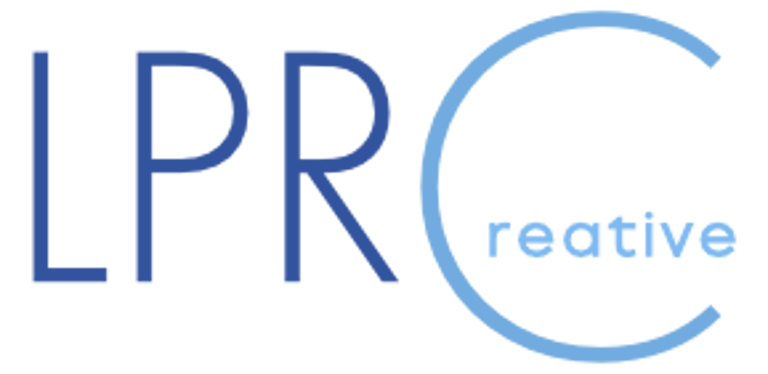The Trio of Confusion: Change Management, Change Communications and Internal Communications


Corporate jargon can sometimes feel like a never-ending buffet of buzzwords, so it is no wonder that Change Management, Change Communications and Internal Communications are frequently mistaken for one another.
What’s the difference, and why should we care? While these roles naturally overlap, each plays a distinct part in driving organisational change. Understanding the differences between them is fundamental to eliminating confusion and improving the process outcomes.
So, what’s the deal with these three?
Change Management: The Strategy and Operations Powerhouse
Change Management are the behind-the-scenes wizards, strategists with a knack for operations. They are the ones bringing everything together and making sure the grand plan doesn’t just stay on paper but actually gets executed, step by meticulous step.
Key Traits:
Purpose: To oversee the process and ensure change isn’t just a good idea but a successfully implemented reality.
Role: Wears two hats—strategist and operator—planning the change and leading its execution.
Style: Methodical, detail-oriented, and heavily focused on execution. Think Gantt charts, risk assessments, and contingency plans.
Distinct features: Highly structured, takes a systematic approach to managing change, follows established change management models and utilises a set of tools to achieve a desired outcome.
Secret power: A bird’s eye view of the change plan, an ear of the leadership team and the background knowledge of the real reasons for change.
Change Communications: The Storyteller with a Strategic Edge
Think of Change Communications as the dynamic double-thread in the corporate change ensemble - equal parts engaging storyteller and savvy strategist. Working hand in hand with the Change Manager, they know the change plan inside out and are there throughout every stage to help people visualise and embrace the change.
Key Traits:
Purpose: To narrate the change journey, ensuring everyone understands the ‘why,’ ‘what,’ and ‘how’ and to achieve stakeholders’ buy-in.
Role: Balances creative storytelling with strategic planning - mapping out how and when communications should roll out for maximum effect.
Style: Engaging, empathetic, and tailored to different audiences. It’s about creating a narrative that inspires, informs and moves to action.
Distinct features: Audience-focused with defined outcomes at each stage. Emotive and flexible, it adapts to cultural nuances and supports people through change.
Secret power: A pulse on what’s working and what needs tweaking. Ability to influence stakeholders and win hearts and minds.
Internal Communications: The Informative Storyteller
Internal Communications are focused on keeping everyone informed and culturally aligned throughout the process. While they are not focused on managing change, their role is vital in maintaining business as usual, even during transitional periods.
Key Traits:
Purpose: To keep the information flowing smoothly and ensure employees are always in the know.
Role: Acts as the steady voice of consistency and trust, promoting transparency and fostering a positive workplace culture.
Style: Clear, consistent, and informative. It’s about getting the message across in a way that’s easy to understand and hard to ignore.
Distinct features: Awareness-focused, it covers a broader range of topics, including day-to-day updates, company news, policy changes, and cultural initiatives.
Secret power: A master of internal communication channels and an ear on the ground.
So, to summarise, Change Management is the logistics expert who ensures everything runs like a well-oiled machine. Change Communications is the creative visionary and strategic planner engaging and inspiring the audiences to embrace the change. Internal Communications is the steady hand, ensuring organisation-wide information flow and protecting organisational culture throughout the process.
These roles don’t replace each other - they enhance one another. Ideally, they work hand in hand throughout any change program, creating a seamless and cohesive journey for everyone involved.
The final and most important point is that all three have one thing in common - they are all people-focused. Organisational change is only ever successful when it is adopted and sustained by individuals as part of their day-to-day practice, so whether you are thinking of operations, strategy or communications, people should be at the heart of it all.
